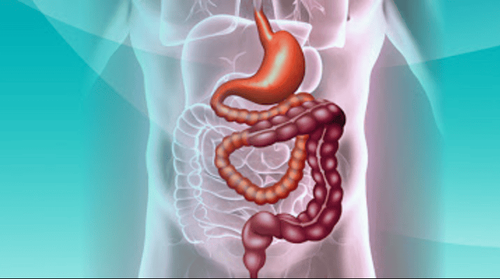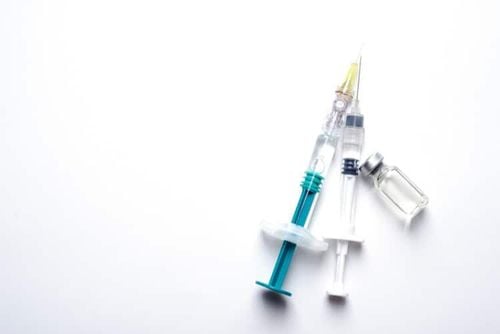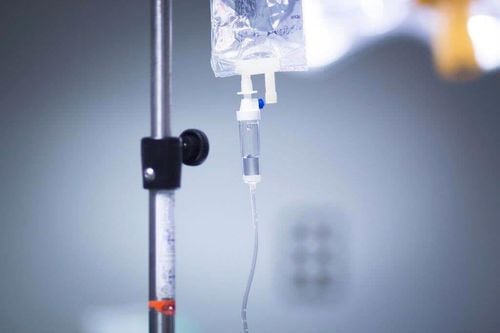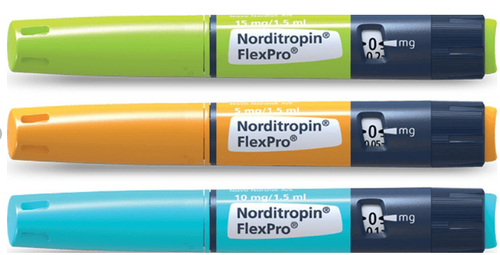This is an automatically translated article.
Posted by Doctor Mai Vien Phuong - Department of Medical Examination & Internal Medicine - Vinmec Central Park International General Hospital
Short bowel syndrome (SBS) is a malabsorption condition that is associated with a high frequency of complications and a high use of healthcare resources.
1. Introduction to short bowel syndrome
Short bowel syndrome usually does not become clinically apparent until about 3/4 of the small bowel (SB) has been resected. Because of the wide SB length and compensatory potential for bowel resection, the definition of short bowel syndrome should not be based solely on the length of the remaining bowel. Instead, experts in bowel failure have proposed to define short bowel syndrome as a condition resulting from surgical resection, congenital defect, or disease-related malabsorption, characterized by the inability to maintain protein-energy, fluid, electrolyte or micronutrient balance when dietary intake is normal. However, the presence of a residual small bowel <200 cm is often used to facilitate clinical diagnosis.
2. Fiber requirements for patients with short bowel syndrome
Patients with percutaneous jejunostomy or percutaneous ileostomy are often advised to add bulking agents to their diet in an effort to thicken stool or anal outlet. While it appears to be able to improve stool consistency, fiber can also remove actual fluid from the intestines, as it not only pulls fluid from the mucosa, but it also 'suctions' fluid in the lumen, making it unavailable for absorption. Instead of thickening stool fluid before it is lost into the patient's tracheal device, it is better to try to increase absorption of that fluid. Furthermore, fiber can reduce nutrient absorption, and in people who are having a hard time consuming enough calories, the addition of bulking agents can exacerbate the problem by leading to an early feeling of fullness.
Despite this, a trial of soluble fiber can sometimes be useful in efforts to slow gastric emptying and overall transit time in patients with short bowel syndrome with rapid gastric transit. thick and small intestine. Sources of soluble fiber include oatmeal, oat cereal, oat bran, lentils, apples, oranges, pears, strawberries, blueberries, nuts, legumes, flaxseeds, chia seeds, carrots, psyllium, guar gum, pectin and peels (especially citrus dried zest). These substances should be added slowly so that the patient's digestive tract has time to adapt.
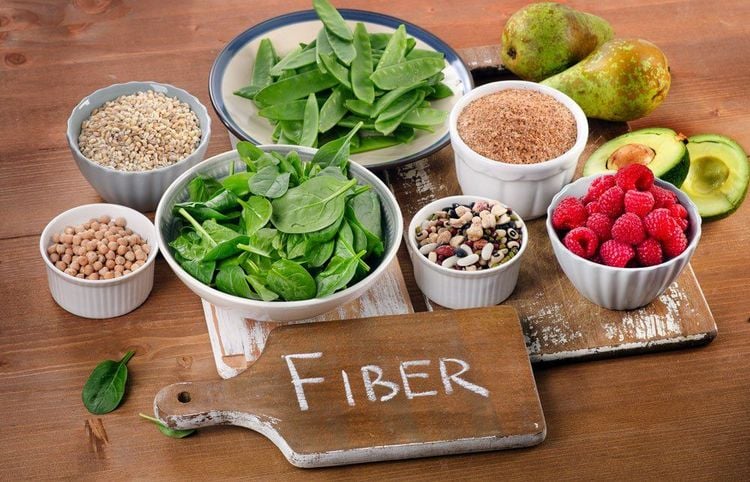
3. The role of short-chain fatty acids
Short bowel syndrome patients with a remaining segment of the colon can generate an additional 500-1000 calories per day from absorbing and using short-chain fatty acids produced by bacterial fermentation of fiber and poorly absorbed carbohydrates. Therefore, the use of a moderate-fat, higher-complex carbohydrate diet containing fiber is recommended for short bowel syndrome patients with an intact colon. Because it is easier to ferment, soluble fiber is preferred over insoluble fiber.4. Oxalat
Oxalate is a chemical compound found in many foods. After oral administration, oxalate normally binds with calcium in the intestine and is excreted. In patients with fat malabsorption, calcium preferentially binds to fat in the small intestine rather than oxalate. This leaves oxalate freely absorbed, but only in patients with partial colon remaining, since oxalate can only be absorbed in the large intestine. After absorption, oxalate is taken to the kidneys for excretion. Maintaining adequate hydration and urine output is key to preventing oxalate stones, and in some patients the diet avoids high-oxalate foods such as beets, spinach, rhubarb, and strawberries. , nuts, chocolate, tea, wheat bran, and all fresh, canned or cooked dried beans (excluding Lima beans and chickpeas) are recommended.
5. Salt required in patients with short bowel syndrome
Patients with short bowel syndrome are at significant risk of sodium depletion. Normal stool sodium is about 4.8 mEq (110 mg) per day. In short bowel syndrome patients undergoing jejunostomy or ileostomy, daily losses can be as high as 105 mEq (2430 mg) per liter of stool. When prolonged, sodium and fluid depletion can be associated with weight loss, failure to thrive, and impaired kidney function.

Signs and symptoms of sodium depletion include low urine output, thirst, and fatigue. What makes sodium depletion difficult to assess in these patients is that creatinine levels may not be an accurate reflection of renal function because the lean body mass of many of these patients is low. Furthermore, serum sodium levels are often maintained within normal limits by renal renin and aldosterone-mediated sodium conservation, as well as contraction of the extracellular fluid compartment, misleading the clinician ready. In patients with fatigue, extensive generalized failure, and high stool counts, sodium status should be assessed.
In patients with short bowel syndrome, salty snacks are encouraged and the use of a liberal salt shaker can help replace the sodium lost in the stool. Salt tablets have been used, but may cause vomiting in some children; For those receiving enteral nutritional support, salt may be added to the formula. Of course, make sure that short bowel syndrome patients are not on salt restriction due to comorbidities they have before developing short bowel syndrome.
>> See also: Nutritional therapy for short bowel syndrome in adult patients - Posted by Doctor Mai Vien Phuong - Department of Examination & Internal Medicine - Vinmec Central Park International Hospital
Please dial HOTLINE for more information or register for an appointment HERE. Download MyVinmec app to make appointments faster and to manage your bookings easily.
References
Carol rees parrish, short bowel syndrome in adults – nutrition therapy for short bowel syndrome in the adult patient, nutrition issues in gastroenterology, series
134, Practicalgastro. october 2014 • volume XXXVIII, issue 10






